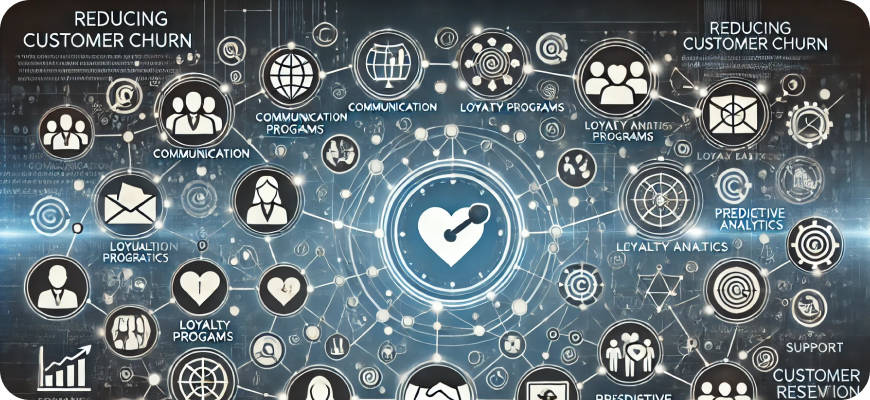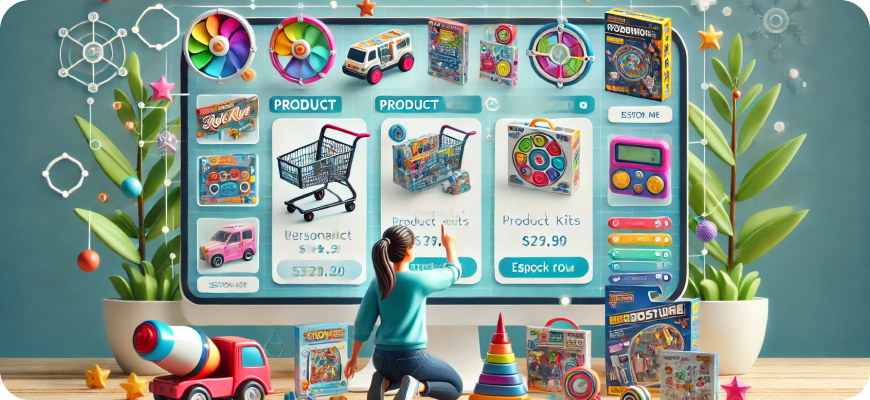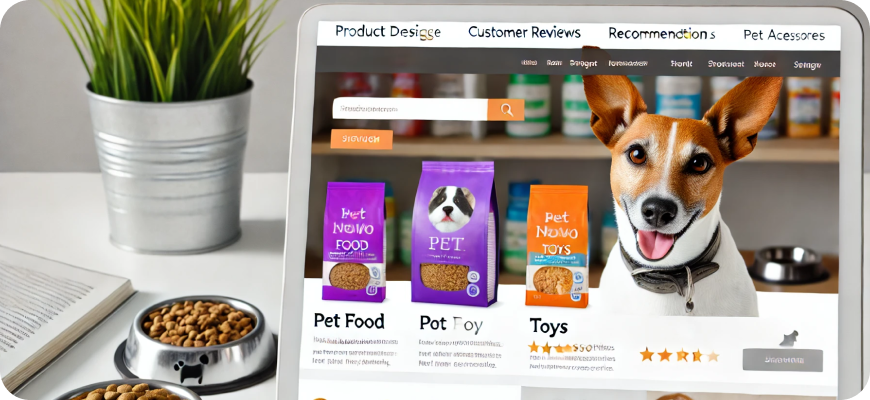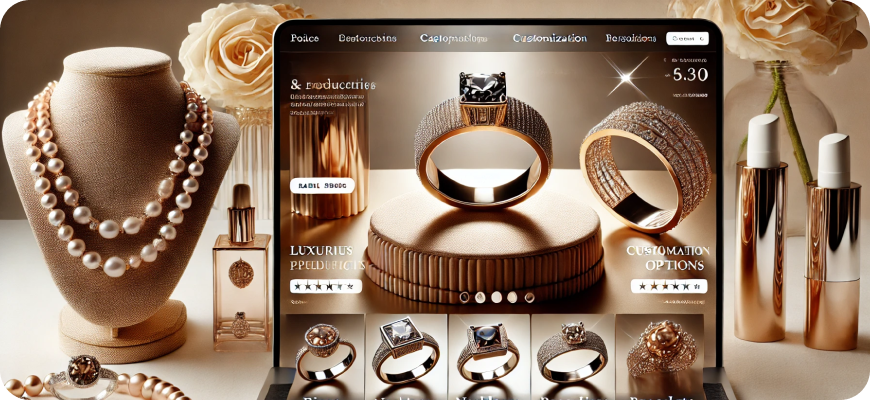How to Reduce Your Churn Rate
Customer churn is a critical issue for businesses across all industries. Whether you’re in SaaS, eCommerce, or any subscription-based service, losing customers is costly. Churn, or the rate at which customers stop doing business with your company, directly impacts revenue and can hinder growth. Reducing churn is essential for maintaining a healthy customer base and achieving sustainable growth. In this article, we’ll explore actionable strategies to reduce churn by improving customer engagement, addressing their needs proactively, and offering exceptional experiences.

1. Understand the Reasons Behind Customer Churn
Before you can reduce churn, you must understand why customers are leaving in the first place. This requires gathering and analyzing data to uncover pain points, dissatisfaction, and unmet needs.
Steps to Identify Causes:
- Conduct exit interviews and surveys: Reach out to customers who have canceled their subscription or stopped buying from you to understand their reasons.
- Analyze customer behavior data: Look for patterns among users who churn, such as lack of engagement, specific usage patterns, or demographic traits.
- Monitor support interactions: High volumes of support tickets or unresolved issues can indicate dissatisfaction.
- Use Net Promoter Score (NPS) surveys: Ask customers if they would recommend your product or service and follow up with those who provide low scores.
By uncovering the root causes of churn, you can tailor strategies to address these issues.
2. Improve Onboarding for New Customers
The onboarding process is critical for setting the stage for a successful customer relationship. A smooth and informative onboarding experience helps customers derive value quickly and can significantly reduce churn.
Strategies for Effective Onboarding:
- Offer personalized onboarding: Tailor the onboarding process to the customer’s specific needs, goals, and use case. Provide custom walkthroughs, guides, and demonstrations.
- Use product tours and tutorials: Provide clear, concise tutorials and interactive product tours that guide users through key features and functions.
- Provide a dedicated support team: Consider assigning account managers or support specialists to high-value customers during onboarding.
- Measure onboarding success: Track key performance indicators (KPIs) such as time-to-first-value and product adoption rates to ensure customers are progressing.
3. Enhance Customer Engagement and Communication
Proactive engagement is key to building lasting relationships with your customers. Customers who feel valued and connected to your brand are less likely to leave.
Engagement Tactics:
- Regular check-ins: Reach out to customers regularly via email, calls, or in-app messages to see how they’re doing and offer help if needed.
- Create a community: Build an online community where customers can interact, share insights, and learn from each other. This fosters loyalty and a sense of belonging.
- Share valuable content: Provide blog posts, whitepapers, webinars, and other resources that address customer pain points and help them succeed.
- Incorporate personalized recommendations: Use data analytics to suggest products, services, or features based on a customer’s past behavior.
4. Offer Exceptional Customer Support
Poor customer support is one of the leading causes of churn. Customers expect fast, effective, and friendly assistance when they encounter problems.
Support Best Practices:
- Be responsive and available: Offer multiple support channels such as phone, email, live chat, and social media, with fast response times.
- Provide 24/7 support: If feasible, consider offering round-the-clock support to address customer issues promptly.
- Empower your support team: Ensure your support agents have the tools, training, and knowledge they need to resolve customer issues efficiently.
- Use self-service resources: Offer FAQs, knowledge bases, and video tutorials so customers can quickly find solutions to common issues.
5. Identify and Reward Loyal Customers
Loyal customers contribute more to your bottom line and are less likely to churn. Recognizing and rewarding loyalty can strengthen relationships and increase customer retention.
Loyalty Program Ideas:
- Offer exclusive discounts and promotions: Reward customers for continued patronage with special deals, discounts, or early access to new products.
- Provide referral incentives: Encourage customers to refer friends or colleagues by offering rewards for successful referrals.
- Highlight customer success stories: Feature your loyal customers in case studies, testimonials, or on social media to celebrate their success.
- Offer tiered loyalty programs: Implement a tiered loyalty system where customers receive additional perks as they progress through different loyalty levels.
6. Regularly Collect and Act on Customer Feedback
Customers appreciate being heard. Regularly collecting and acting on customer feedback shows that you value their opinions and are committed to improving your products or services.
How to Collect and Use Feedback:
- Send surveys and feedback forms: Use tools like SurveyMonkey or Typeform to gather feedback about customer satisfaction, product usage, and pain points.
- Monitor social media mentions: Track customer sentiment on social media platforms to identify trends, complaints, and positive mentions.
- Act on feedback quickly: When customers share constructive feedback, show that you’re listening by implementing changes or explaining how you plan to address their concerns.
- Close the feedback loop: Follow up with customers who provide feedback to thank them and update them on changes you made based on their input.
7. Offer Flexible Pricing and Plans
Rigid pricing structures and inflexible plans can drive customers away, especially when their needs change. Providing flexibility can make it easier for customers to stay.
Flexible Pricing Strategies:
- Offer tiered pricing: Provide multiple plan options that cater to different budgets and usage levels.
- Introduce pay-as-you-go options: Allow customers to pay based on their actual usage, which can be appealing for businesses with fluctuating needs.
- Allow easy plan upgrades and downgrades: Make it simple for customers to move between plans as their needs change without facing penalties or complex procedures.
- Offer free trials or money-back guarantees: Giving customers the opportunity to try your product risk-free can reduce hesitation and build trust.
8. Focus on Product Improvement and Innovation
If your product no longer meets customer needs or falls behind competitors, customers are likely to churn. Continuous product improvement is key to retaining existing customers.
Strategies for Continuous Improvement:
- Invest in research and development: Regularly invest in upgrading and enhancing your product to stay ahead of competitors and meet evolving customer needs.
- Use customer data to drive decisions: Analyze customer behavior and usage data to identify areas for improvement and prioritize high-impact changes.
- Roll out updates and new features: Introduce new features and improvements regularly to keep your product fresh and valuable.
- Test and iterate: Use A/B testing to evaluate new features, designs, and changes before rolling them out widely.
9. Address Churn Proactively with Predictive Analytics
Predictive analytics can help you anticipate customer churn before it happens, giving you a chance to intervene and re-engage at-risk customers.
How to Use Predictive Analytics:
- Monitor key metrics: Track metrics such as engagement levels, login frequency, purchase history, and support ticket volume to identify patterns associated with churn.
- Develop churn prediction models: Use machine learning algorithms to predict which customers are most likely to churn.
- Intervene early: Reach out to at-risk customers with personalized offers, check-ins, or incentives to retain their business.
10. Build Stronger Customer Relationships
Developing a personal connection with your customers can make them more loyal and less likely to churn. Building strong relationships requires consistent effort and empathy.
Relationship-Building Tips:
- Communicate authentically: Engage with customers through genuine, empathetic communication rather than automated or impersonal messages.
- Be transparent: If your company makes mistakes or faces challenges, be transparent with your customers and explain how you’re addressing the issue.
- Deliver on promises: Ensure that you meet or exceed the promises you make to customers regarding product quality, service levels, or delivery timelines.
- Provide value consistently: Continually provide value to your customers through content, features, and support that aligns with their needs.
11. Use Retention Marketing Strategies
Retention marketing focuses on keeping your existing customers happy and engaged. By investing in retention, you can create long-term customer relationships.
Effective Retention Strategies:
- Send personalized marketing campaigns: Use customer data to create personalized marketing emails, offers, and recommendations.
- Reward milestones: Celebrate customer milestones, such as anniversaries, with special rewards or messages.
- Offer value-added services: Provide additional services, content, or tools that complement the core product and enhance customer satisfaction.
- Conduct win-back campaigns: Reach out to churned customers with personalized offers or incentives to bring them back.
12. Create a Customer Success Program
A dedicated customer success program helps ensure that customers achieve their desired outcomes while using your product or service.
Steps to Build a Customer Success Program:
- Define customer goals and KPIs: Understand what success looks like for each customer segment and develop strategies to help them achieve it.
- Proactively monitor customer health: Use customer health scores to track engagement and satisfaction levels.
- Offer training and education: Provide ongoing training, webinars, and resources to ensure customers get the most value from your product.
- Develop customer success plans: Create personalized plans that outline how your team will help customers achieve their objectives.

Conclusion
Reducing customer churn is not a one-size-fits-all endeavor. It requires a deep understanding of your customers’ needs, proactive engagement, excellent support, continuous product improvements, and a focus on building strong, lasting relationships. By implementing the strategies outlined in this article, you can minimize churn, boost customer loyalty, and create a foundation for long-term success. Remember, retaining customers is often more cost-effective than acquiring new ones, making customer retention one of the most valuable investments you can make.






